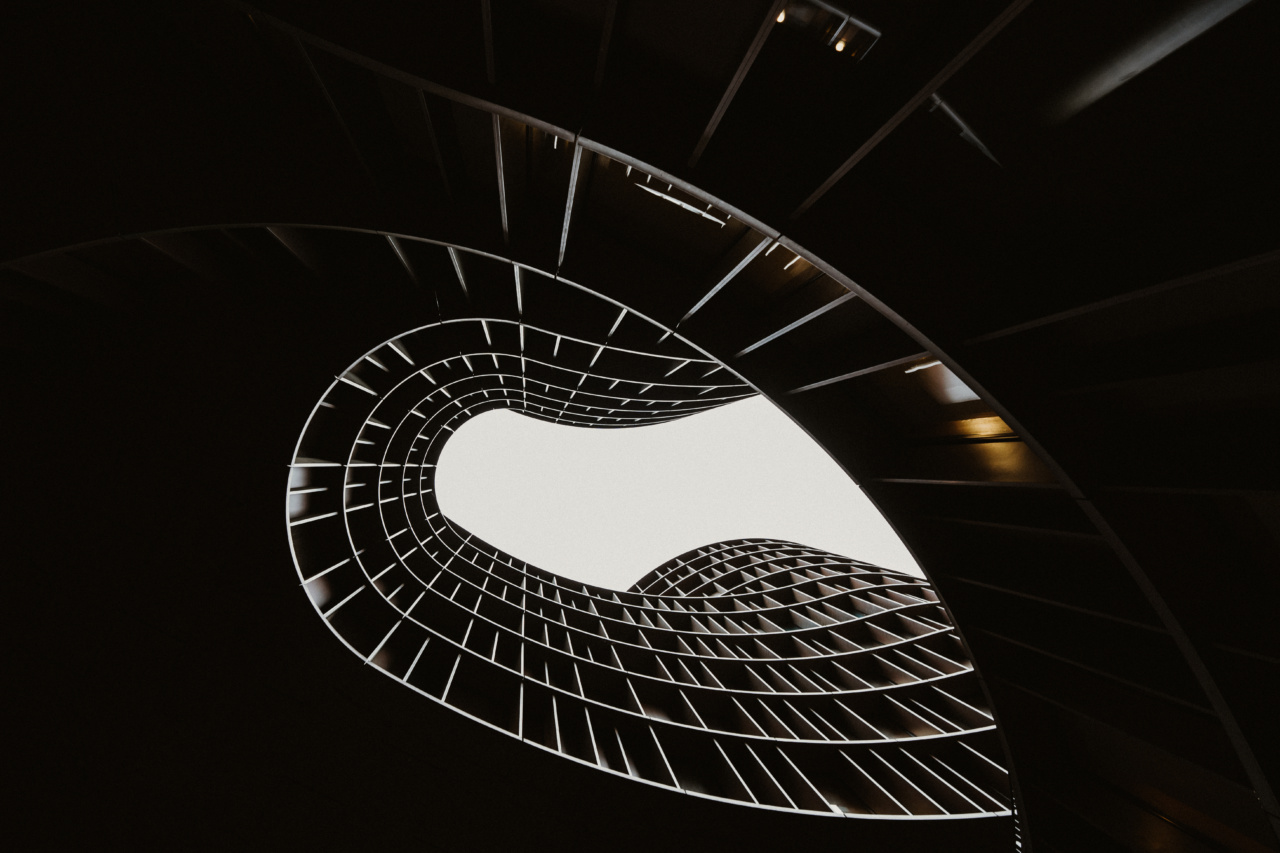A contraceptive spiral, also known as an intrauterine device (IUD), is a small T-shaped device that is placed inside a woman’s uterus as a form of birth control.
It is considered to be one of the most effective methods of contraception, with a failure rate of less than 1%, but it does come with its own set of risks and realities.
How Does a Contraceptive Spiral Work?
A contraceptive spiral works by preventing the sperm from fertilizing the egg. The device releases a small amount of copper or hormones into the uterus, which creates an environment that is toxic to sperm.
This makes it difficult for them to swim to the egg and fertilize it. Additionally, the device can prevent implantation of a fertilized egg if it does happen to occur.
The Risks of Using a Contraceptive Spiral
While a contraceptive spiral is considered to be a safe and effective method of birth control, there are some risks associated with using it. These risks include:.
1. Expulsion
One of the most common risks associated with using a contraceptive spiral is expulsion. This occurs when the device is dislodged from the uterus and comes out of the vagina.
This can happen shortly after insertion or later on, and can be accompanied by cramping and bleeding.
2. Perforation
Another risk associated with using a contraceptive spiral is perforation. This occurs when the device punctures the wall of the uterus and migrates into the abdominal cavity.
This is a rare occurrence, but if it does happen, it can lead to serious complications such as infection, scarring, and infertility.
3. Infection
Using a contraceptive spiral also increases the risk of infection in the uterus. This can happen shortly after insertion or later on, and can be accompanied by symptoms such as fever, chills, and pelvic pain.
4. Ectopic Pregnancy
Ectopic pregnancy is another risk associated with using a contraceptive spiral. This occurs when a fertilized egg implants outside of the uterus, usually in the fallopian tube.
This is a serious condition that requires immediate medical attention, as it can be life-threatening.
The Realities of Using a Contraceptive Spiral
While there are risks associated with using a contraceptive spiral, there are also some realities that women should be aware of when deciding whether or not to use this method of birth control. These realities include:.
1. Irregular Bleeding
One of the most common side effects of using a contraceptive spiral is irregular bleeding. This can range from spotting between periods to heavy bleeding, and can last for several months after insertion.
While this can be inconvenient, it usually subsides on its own over time.
2. Pain and Discomfort
Some women may experience pain and discomfort after the device is inserted. This can range from mild cramping to severe pain, and may require pain medication or removal of the device.
3. No Protection Against Sexually Transmitted Infections
While a contraceptive spiral can prevent pregnancy, it does not protect against sexually transmitted infections. Women should still use condoms or other forms of protection to reduce their risk of contracting an STI.
4. Difficulties with Insertion and Removal
Insertion and removal of a contraceptive spiral can be difficult and uncomfortable for some women. This may require multiple visits to the doctor and can be a barrier to using this method of birth control.
Conclusion
While a contraceptive spiral is a safe and effective method of birth control, it does come with its own set of risks and realities.
Women should weigh these factors carefully when deciding whether or not to use this method of birth control, and should discuss their options with a healthcare provider.































